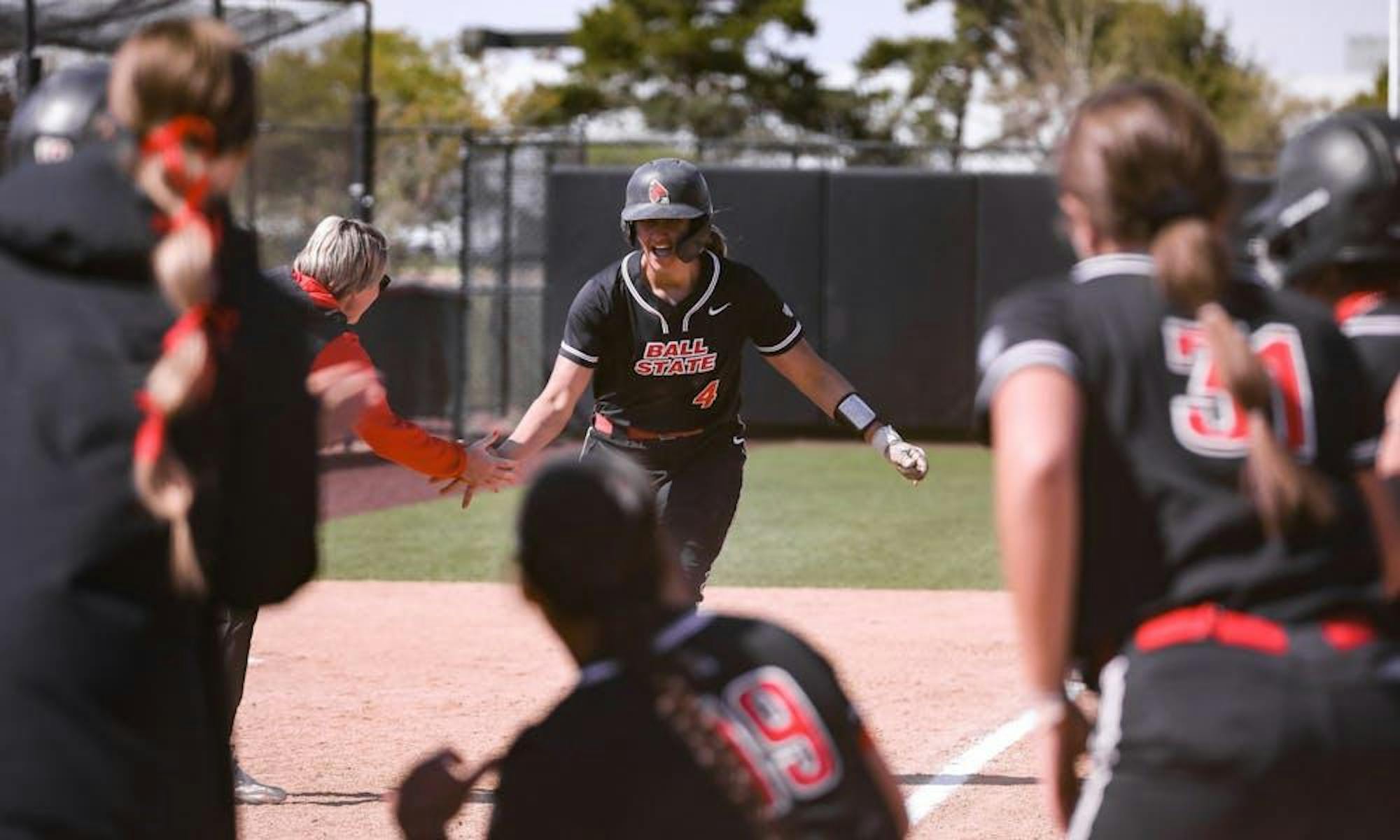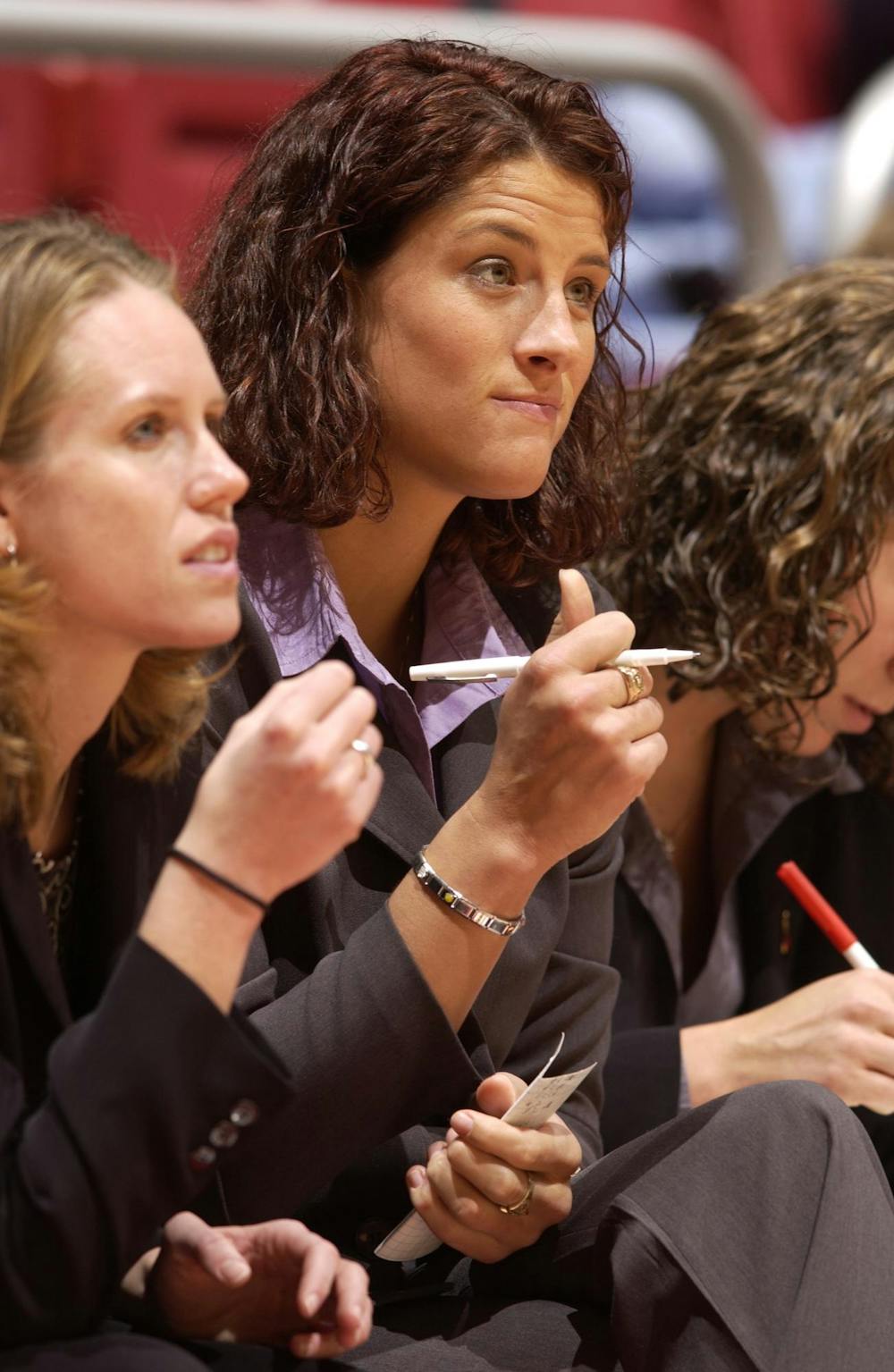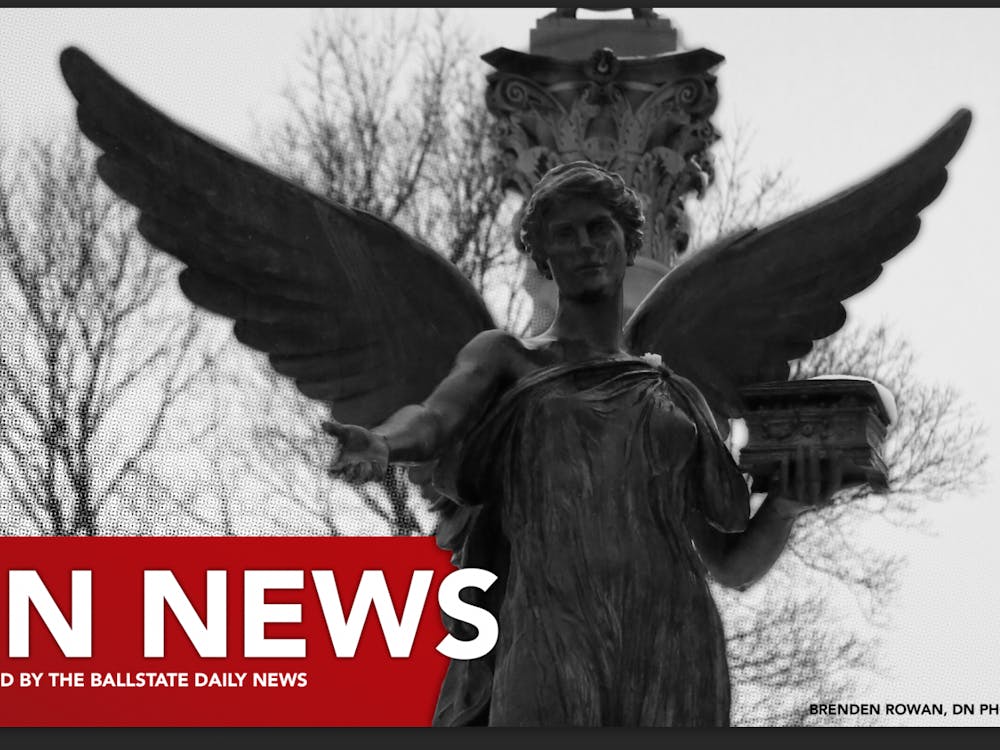A Sports Illustrated post from March 9 shared news that Iowa women’s basketball player Caitlin Clark passed former Davidson men’s basketball — and current Golden State Warriors guard — Stephen Curry for the most 3-pointers made in a Division I basketball season. The first comment shot down this accomplishment because Curry played in the men’s league while Clark played in the women’s game, claiming the two were not on equal ground.
During International Women’s Day March 9, the Women’s National Basketball Association (WNBA) released a graphic to celebrate the occasion. The first comment; ‘Who cares, the creator of Dragon Ball [Z] died today.’
It doesn’t matter what women’s league it is or what sport, a comment like the examples mentioned can often be found. How do the athletes who partake in the game feel? How do they handle the seemingly unfair and hateful criticism?
“As women in any industry, we know that we have to work harder and we have to do better,” Stephanie White said. “The people making those comments – the guys who play at the YMCA or who may have played high school basketball – we understand where that comes from and the insecurity that it comes from.”
‘Cautiously Optimistic’
White, the head coach of the WNBA’s Connecticut Sun – and 2023 Coach of the Year – grew up in the Hoosier state and was surrounded by basketball. After four years at Seeger High School – where she collected accolades like 1995 Indiana Miss Basketball and 1995 Gatorade and USA Today National Player of the Year – White’s goal was college basketball.
“There weren't really opportunities [for women] when I was young to play professional basketball, so it wasn't on my radar at all,” White said. “I think I was in the fifth grade when I said I wanted to play college basketball.”
She completed the goal by heading to Purdue University. In White’s junior season with the Boilermakers, the newly founded WNBA just wrapped its debut season.
“I'm not sure if I really grasped what the WNBA would become, but I certainly knew that there was a possibility for me to continue playing for a little while longer,” White said. “Like everybody else, it was ‘Okay, is this going to be sustainable?”’
After a four-year career with the black and gold – in which she averaged double-digit points in every season, led them to the 1999 NCAA National Championship and was named the 1999 Big Ten Player of the Year– the guard was drafted by the Charlotte Sting with the No. 21 pick in the 1999 WNBA Draft.
To this day, White still remembers walking into places like the LA Forum and Madison Square Garden for the first time.
“Those were just some of the places that I had watched iconic games growing up,” she said. “I was playing in those arenas, and it was a surreal experience.”
After her first season in the league, an expansion draft was held due to multiple new teams being added to the organization. This allowed the Indiana Fever to acquire White.
“To be able to play at the next level in my home state and to be a part of the first team of the Indiana Fever, it was just awesome,” White said. “[For my family] to be able to continue to watch me at the next level in my home state was pretty awesome.”
After five years of playing in the WNBA, White was offered to be an assistant coach for then Ball State women’s basketball head coach Tracey Roller. Once accepting the position, she tore her ACL.
“I had to rehab that whole year, but I remember the first time I stepped foot on the floor [as a coach],” she said. “I knew that coaching was what I wanted to do.”
After one season with Ball State, White made stops at Kansas State and Toledo as an assistant. However, she returned to the Fever as an assistant coach in 2011 and was a part of the 2012 WNBA Championship team.
“It was a lot like winning the national championship. It's everything that you dream of as a kid: shooting in your backyard, counting down and trying to shoot the shot to win a championship,” White said. “For me, having come in and being a part of the franchise and having been a part of a lot of years where we weren't very good, winning the championship was satisfying.”
Since the accomplishment, White was the Fever’s head coach for the 2015 and 2016 seasons, leading the team to another WNBA Finals appearance. After a five-year head coaching stint at the University of Vanderbilt, she returned to the league in 2023 as the head coach of the Sun.
In her time with basketball, White believes the sports world has been more accepting of her peers than when she started.
“We know the people who do what we do, like the male athletes, who train the way we train,” White said. “We put our livelihoods on the line every time we train, so they get it. When you have allies that get it, it makes the trolls go off to the wayside.”

‘It was crazy’
While White’s professional career began 25 years ago, others just left the starting line. Former Ball State women’s basketball player Anna Clephane most recently began playing in Australia and Switzerland last year after leaving Muncie in the spring of 2023.
During her four years with the Cardinals, Clephane averaged 11.8 points per game and 3.3 rebounds per game. When her senior season was dwindling, the idea of leaving basketball behind was one she could not fathom. After thinking about the professional game, she dove right in.
She received help from Ball State head coach Brady Sallee and associate head coach Audrey McDonald-Spencer. The pair helped Clephane attend a combine and find an agent. Once she received an offer from the Keiler Thunder in Australia, she was ready to begin her next basketball adventure, which included the occasional run-in with kangaroos.
“I almost hit one with my car when I was driving,” she said. “They're like deer over there. You see them all the time, and they cross the street a lot, and sometimes they're just bouncing around.”
During her time with Melbourne’s Big V Competition affiliate, Clephane realized how good the competition was, which only drove her to improve.
“It kind of took me by surprise because, obviously, I knew the competition was gonna be good,” she said. “But it was really, really good. From the very first game, I realized it was going to be a battle, but it was a lot of fun.”
However, when she went to Switzerland to play in the SB League, there were some tall tasks.
“That was pretty insane because my coach didn't speak any English,” Clephane said. “The players didn't speak much English, and I was under the impression there'd be some form of that. There wasn't, and I can't speak French, so it was really hard and isolating over there.”
In her debut season with Helios VS Basket, she averaged 11.0 points per game and 5.4 rebounds per game. While she had to jump through some hoops, the experience taught her an important lesson.
“I think it showed me how self-sufficient I can be,” she said. “Going to a different country, starting fresh and being able to carry on my basketball career somewhere else, it just shows me that I can really do whatever I set my mind to.”
To Clephane, the support and notoriety of the women’s game grows every year.
“Every year, it becomes more and more apparent that women's sports are here to stay,” Clephane said. “It's entertaining and more people are getting on board… Whatever your opinion is, people are beginning to have an opinion.”
‘Take that opportunity and run with it’
Though athletes like White and Clephane have climbed to the highest level of basketball, some Cardinals are just beginning their path to the pros. One of those is redshirt junior softball player McKayla Timmons.
“I realized I was decent at softball and was gonna go Division I,” she said. “[Going pro] was kind of in the back of my mind. Then I realized that my dad hadn't done it yet. And I wanted to beat him in something.”

Timmons’ dad, David, attended Judson University and played baseball, basketball and football for one year. Growing up with that and being from Florida, she knew college softball was a possibility.
“I'm really blessed to live in [Florida], one of the softball capitals of the world,” she said. “Over the summer, I played [against] a lot of summer ball Olympians and played against professional teams. So I've been exposed to different areas of where I could go pro”
Professional softball is bigger than some might think. In the United States, leagues like Women’s Professional Fastpitch (WPF) are more popular. Yet, there are other leagues in places like China, and Timmons is not worried about traveling.
She knows that she has the talent – a .347 batting average and 13 home runs – and the work ethic to get there, but she has extra support. Timmons coaches high school players in the USSSA All-American games in the summer and winter. To her, the players make her work harder.
“When I talk to the generation below me about it, their eyes light up, and they want to talk all about it,” she said.
While Timmons is in no rush to go pro and plans on returning to Ball State for her fifth year, others are starting to take steps for their possibilities after college.
“I will take that opportunity and run with it,” Ball State women’s volleyball junior Megan Wielonski said. “Whether that's with Team USA, which would be crazy cool, but I think playing professional volleyball here in the States would be awesome.”
Earlier this year, Wielonski attended the United States national team’s open tryouts February 23-25. During the event, she worked with other collegiate volleyball players from around the country who played in conferences like the Big Ten.
Even if she wasn’t to make the team, the tryout gave her a pretty good perspective on what pro volleyball looks like. With the announcement of the Professional Volleyball Federation — which will have an Indianapolis-based team in 2025 — chances for athletes like Wielonski grow every year.
“It just continues to spark a lot of interest from a lot of people around here,” she said. “Volleyball is super prominent here, so I think if that opportunity were to arise, it would be just even cooler to go on to play in this area.”
Even though White, Clephane, Timmons, and Wielonski are at different stages of their athletic careers, they all have the same advice for someone who wants to go pro.
“The sky's the limit,” Clephane said. “You can really do whatever you set your heart out to do. There's no restrictions if you just try your hardest.”
Contact Zach Carter with comments at zachary.carter@bsu.edu or on X@ZachCarter85.





